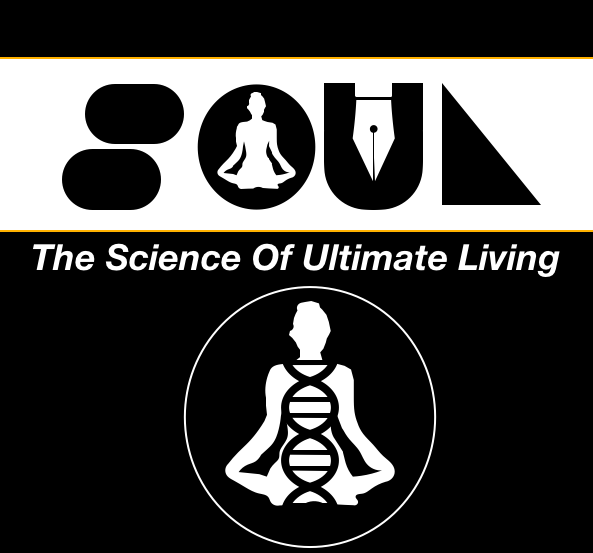
All powerful stories originate from noble ideas. Think about the core idea of communism. The goal was a stateless and classless society where everyone was equal. Unfortunately reality was far from the idealism. Stories fail when the ideas are either not clear or too difficult to grasp. When we create one clear and crisp story we can bring billions together.
Two most powerful stories of modern world that binds a group together are religion and nationalism. These stories are powerful because they are simple and unambiguous. It is easy to grasp the idea of a nation by its boundaries, in spite of the border conflicts. A holy book can lay down consistent guidelines for all to follow. You are not an in-group if you question the boundaries of nation or the words of the holy book. The more powerful the story the stronger the in-group bonding. Naturally, the more powerful the story the deadlier the out-group repulsion.
Only stories powerful enough can generate nuclear wars and crusades. It is a misunderstanding that religion and nationalism promotes violence and bigotry, as is the idea that they promote peace and is necessary for human beings to flourish. Violence and peace are both in human nature. Which nature will express itself depends entirely on the story you create. A story where nationality, religion and secularism co-exist is as possible as a story where they are mutually exclusive.
There are 195 countries in the world at the time when I was writing this. The oldest border between any two countries is the 120 kms long stretch between France and Spain that dates back to the year 1278CE. Over 70% of the borders, in terms of length, were formed between 1875CE and 1949CE. Most nations are very young, and boundaries change with time. Same with religious traditions and practice. There are hundreds of stories within stories that are never static. They get influenced by history and are interpreted and re-interpreted over time.
Conflict of stories leads to violence. That’s because the core idea of a story get modified by our inherent tendency towards creating in-groups and out-groups. According to Norwegian theorist Johan Galtung there are three pronged typology of violence:Direct violence is easy to identify where life is threatened or someone is tortured and made incapable of meeting basic human needs. Examples include terrorism, crusade, war, killing, injuring, bullying, sexual assault, and emotional manipulation. The second type of violence is structural violence. Here the whole system is involved in a way that promotes discrimination. Some groups are favoured while others do not enjoy equal access to the basic human needs. Examples would caste system, apartheid in South Africa, violence against blacks or discrimination against minorities.The third form of violence is subtle and not easily identified. Johan calls it cultural violence. It represents existence of prevailing or prominent social norms that makes the first two types of violence acceptable. For example the British believed that they were superior to Indians and thus justified Colonialism, along with the resulting violence and discrimination. British author Rudyard Kipling justified the Jallianwala Bagh massacre of April 1919 where almost a thousand people lost their life. The conservative newspaper ‘Morning Post’ raised “26,000” pound for the benefit of Reginald Dyer, the man behind the dreadful massacre.
Stories we grow up with gets embedded in our brain in a way that they turn into viral memes that are replicated without question across generations. How do we create a simple and unambiguous story of universal happiness? Is this utopian dream even possible? Happiness is internal and unless and until we can connect the deep collective consciousness of the majority with a common internal desires and emotions, it is not possible. What is that common connection? Prosperity? Money is not going to bring peace and happiness. As long as we are not in the poverty trap money does not correlate well with happiness. Why money itself is not bad, the way we spend it determines its value. We can get the maximum value out of our money by spending it on gaining experiences. Is it the idea of experiencing peace and happiness that can connect us? I am not sure. We are an insecure species and probably fear can connect us better than anything else. May be the COVID pandemic was an eye-opener. A group of tiny self-replicating RNA has humbled the self-proclaimed ruling species of the globe. The threat is eminent. This is just one of the many that endangers us all irrespective of our nationality or religion. Is the fear powerful enough to create a common and powerful story? Who knows.
[Read more about HOW STORIES MADE US]
REF:
Galtung J, (1969), Violence, Peace, and Peace Research, Journal of Peace Research, Sage Publications Ltd., Vol. 6, No. 3, pp. 167-191, URL: http://www.jstor.org/stable/422690
http://www2.kobe-u.ac.jp/~alexroni/IPD%202015%20readings/IPD%202015_7/Galtung_Violence,%20Peace,%20and%20Peace%20Research.pdfSubhrashis AdhikariAuthor: 5 Questions of the Inquisitive Apeswww.subhrashis.com
Also Check Out: 5 Questions of the Inquisitive Apes
“Engaging and entertaining, this page-turner is remarkable in its narration and will give you a new perspective on various aspects of life. Wellresearched and heartfelt, the encouraging tone throughout the book tries to motivate towards a happier life.” – Times of India

Link: https://www.amazon.in/Questions-Inquisitive-Ape-Subhrashis-Adhikari/dp/9387022552/ref=sr_1_1?keywords=subhrashis&qid=1570535712&sr=8-1




